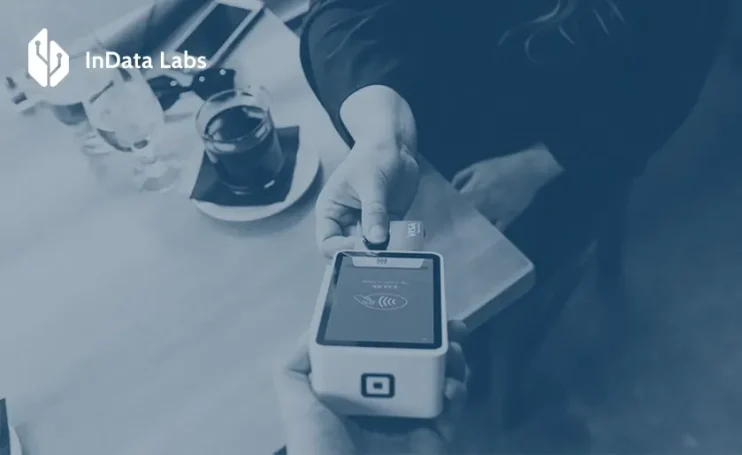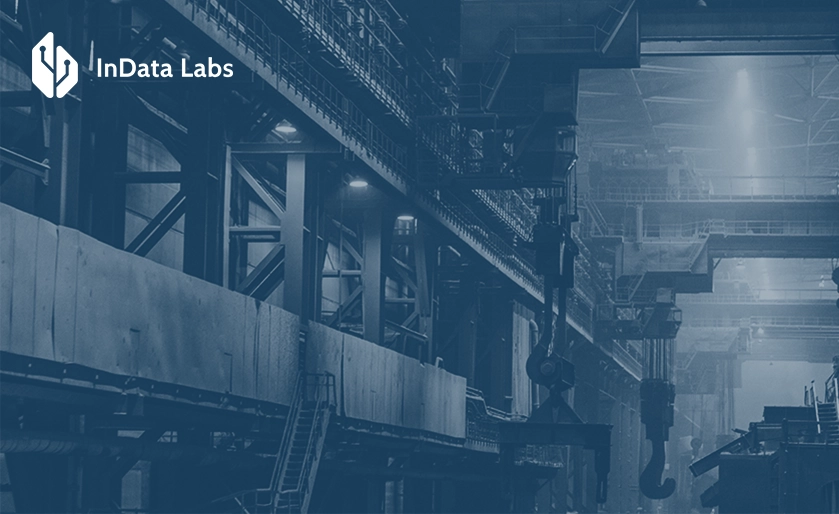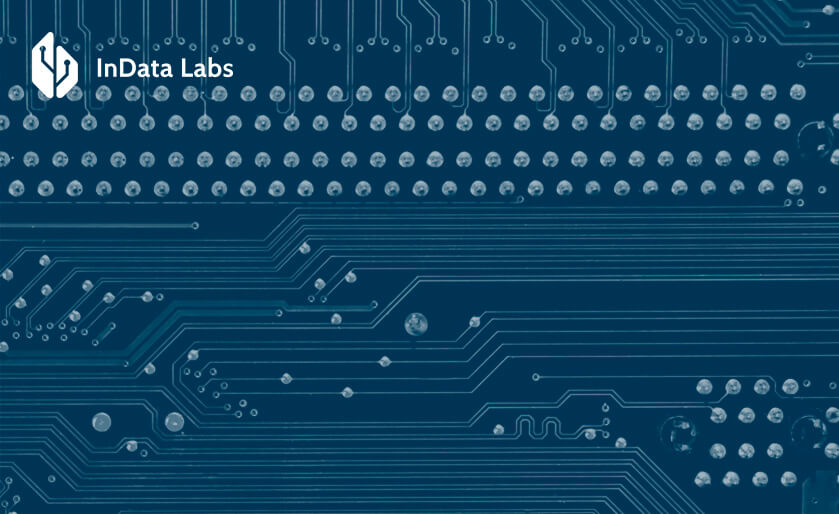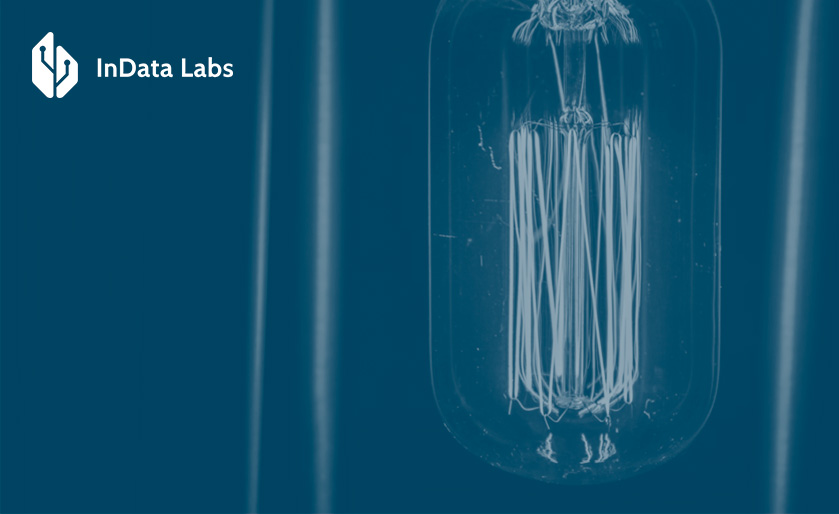Ever wanted to know what services or products your customers are likely to buy, in advance?
Predictive analytics in retail might be the answer. The technology helps sellers understand the highest price a customer would pay for their products, analyzes buyers’ behavior, helps with inventory management, and customer churn.
And that’s just a small chunk of what this ‘forward looking’ predictive analytics in E-commerce can do.
In this guide, we will talk about predictive analyses, their benefits, and how they’ve been changing shopping. We’ll also review a few real-life examples of predictive analytics usage in companies like Netflix, Amazon, and many others.
What’s the use of predictive analytics in retail?
Predictive analytics is a set of technologies and approaches to working with data. Analytics-powered software is used to make future predictions and find hidden patterns. For example, when an online store suggests adding specific products to your shopping cart, that’s analytics solutions in action.
Using data modeling, ML and AI, data mining, deep learning algorithms, and mathematics, one can predict almost anything. From foreseeing the position of a comet in the sky to early symptoms of Parkinson’s disease and predictive models for debt collection.
Data analytics, as well as retail predictive analytics, is mostly used for marketing campaigns to make long-term predictions about product demand or foresee a particular user’s behavior. Of course, retail businesses take advantage of this technology—this industry stores tons of customer data, purchases and shopping habits, location, etc.
Using all the information, retailers can foresee customers’ purchase behavior, trends, future activity, and even the amount of money a shop can make in a month. They monitor customer behavior and current market trends to predict changes and help managers make real-time and data-driven decisions, which is a tremendous competitive advantage.
Let’s review a few popular predictive analytics use cases in retail.
Product recommendations
Before recommending some products, the online store takes into account not only your purchase history but, for example, the current season or items you’ve added recently. Amazon recommends products and services based on the user’s previous behavior, namely, buyer’s browsing and purchase history. Their recommendations help them generate up to 35% of sales.
Thanks to forward-looking analysis and predictive analytics in retail, online stores will never recommend a person who doesn’t eat meat a frying pan for steaks.
By the way, a smart system of recommendation is precisely what made Netflix that successful.
Netflix’s software developers created algorithms that moved watchers away from high-demand blockbusters toward lesser-known titles like “House of Cards” or “Bird Box”. The latter was watched by 45,037,125 accounts the first week after its release.
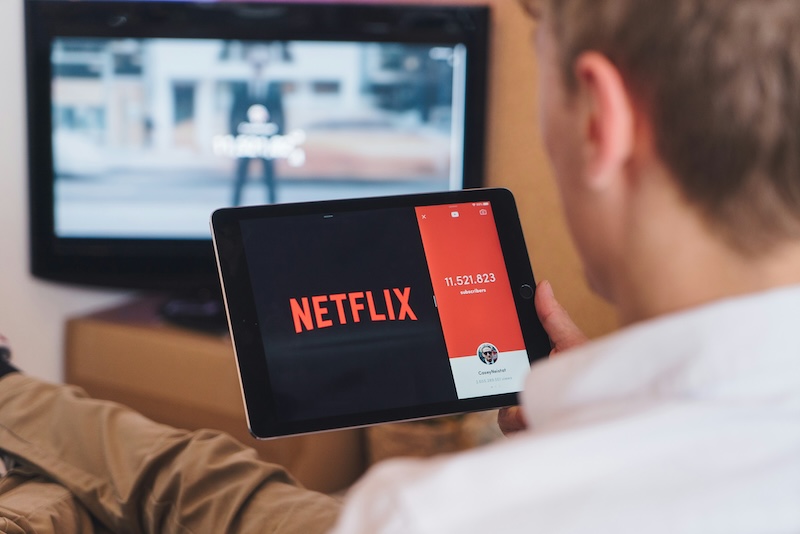
Source: Unsplash
Price formation
Thanks to the forward-looking analysis and predictive analytics retail, lots of companies managed to switch from fixed to dynamic pricing. For example, Airbnb prices are formed based on the analysis of many different patterns like the season, day of the week, nearly events (like a film or music festivals), holidays, etc. Based on the information, the Airbnb app suggests landlords set an amount for which they will most likely rent out their apartment.
The same principle is used in Uber, Bolt, or other taxi aggregators—the cost of a ride is based on traffic, weather, and so on. This is another example of predictive analytics in retail.
Same for predictive analytics in e-commerce: retail companies use ML algorithms to define prices, and they start selling even more as these prices become optimal.

Source: Unsplash
Increase in sales
With the help of predictive analytics, you can also evaluate each specific ad campaign’s quality and stop using ineffective ones that waste your budget. This way, you focus only on successful campaigns that bring you money.
The perfect retail predictive analytics case study is Macy’s, a department store. The company managed to increase sales from 8% to 12% in three months by sending personalized emails based on user data. For such a large retailer, a 4% increase is a significant volume.
E-commerce predictive analytics allows retailers to study individual users and subgroups to offer them the necessary product. That’s where client segmentation comes in. Besides, it helps retail chains interact only with interested, not random buyers.
Logistics & storing
Predictive analytics in e-commerce works well for both physical and online retail. For example, by analyzing videos from surveillance cameras in a supermarket, you can find out how customers walk through the store, what discounts they pay attention to, what goods they’re interested in (but not enough to buy them). Having this information in place, it’s easy to readjust the marketing strategy to achieve greater results.
Amazon Go chain works without staff: the system itself checks a buyer’s shopping cart, what products are missing on the shelves, etc. Analytics estimates the need to replenish stock, giving an exact answer of what needs to be reordered and what’s in excess.
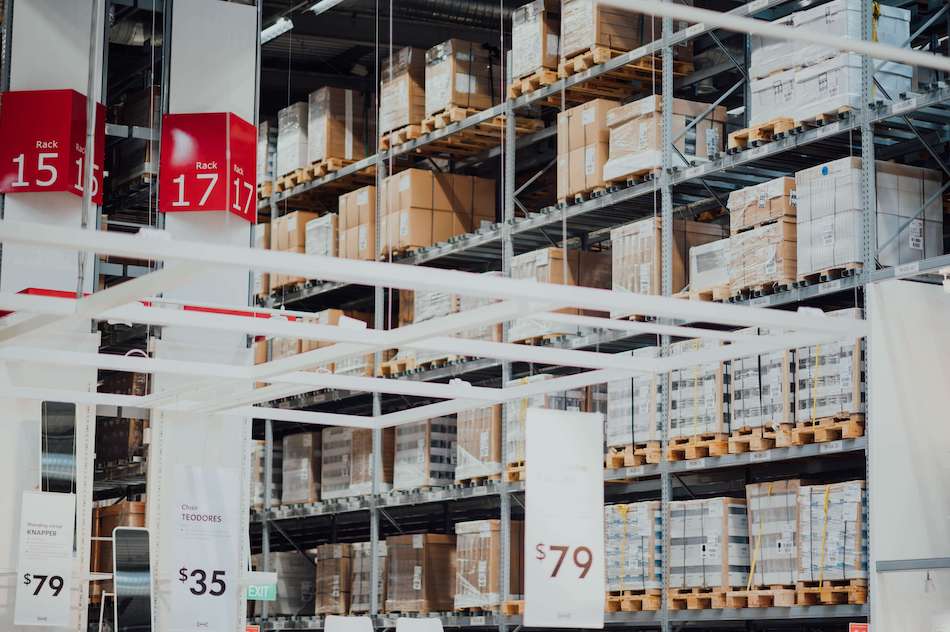
Source: Unsplash
Of course, the technology is not limited to retail. Predictive analysis can be used in many businesses like healthcare (allocating beds in wards), aviation (learning about potential malfunctions), the financial sector (analyzing fraudsters’ behavior), and many more.
Retail and predictive analytics: Examples
This technology may seem costly enough to be used only by world-known companies like Walmart or Amazon. But these giants aren’t the only users of predictive analytics.
Let’s take a look at a few less-known companies that utilize predictive analytics in retail:
Auchan, geo-tracking
Auchan uses geo-tracking to let buyers know about nearby stores. They also send push notifications when people are inside the store to notify about specific current promotions or goods on sale. That’s a great way to create a loyal customer base. And the more loyal your customers are, the more they’re going to spend with you.
Giant retailers like Auchan gather data from a few sources at once. Still, the most critical information is the sales data they get from the sales counter’s point.
That’s how they can forecast which products are selling well and which aren’t. Data can also be collected by directly speaking to the customer, observing their behavior, and gathering feedback.
Carrefour, inventory management
Carrefour, a French company, uses AI predictive analytics for retail business. They used Viya—an AI-powered software made by SAS to optimize inventory management. The platform collects data from warehouses, stores, and websites to predict demand and supply orders. It helps Carrefour reduce stock outages as well as overstocking in stores and warehouses.

Source: Unsplash
Showroomprive.com, battling customer churn
Customer churn prediction software aims to catch straying customers before they switch to another company or service provider. Of course, you’d better be informed about such attempts and, in a perfect world, stop them from recurring.
E-commerce predictive analytics helps find out which customers are likely to churn and when. For example, showroomprive.com, a French e-commerce website, uses forward-looking analysis to manage customer churn. They evaluate each new customer and use the data to make precise marketing campaigns. That makes showroomprive.com ads more personalized and gets more responses from customers.
Final thought
The bottom line is that predictive analytics development is a long and complicated process that should be entrusted to experts in analytics and data science. People that work with prediction models require expertise in big data, artificial intelligence, and machine learning. In most cases, it’s an IT company that takes care of the retail software development. The process does not imply one program but a whole set of methodologies for working with data.
That’s why predictive analytics in the retail industry can usually be afforded by billion-worth companies like Netflix, Amazon, or Walmart.
Still, that doesn’t mean smaller companies can’t have access to predictive analytics. They can. They can either use ready-made third-party solutions or outsource the development to another country.
Vitaly Kuprenko is a technical writer at Cleveroad. It’s a web and mobile app development company in Ukraine. He enjoys telling about tech innovations and digital ways to boost businesses.
